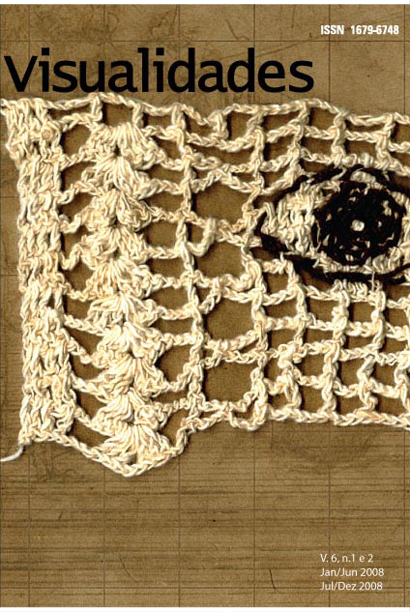Pedro Weingärtner e a “Nostalgia do Antigo” - DOI 10.5216/vis.v6i1eI2.18068
DOI:
https://doi.org/10.5216/vis.v6i1ei2.18068Abstract
Que relações nós poderíamos estabelecer entre o artista brasileiro Pedro Weingärtner e Lawrwnce Alma-Tadema, um dos mais celebrados pintores do século XIX? Para respondermos a essa e a outras perguntas precisamos compreender o meio artístico no qual ambos esitveram imersos: a Itália de finais do oitocentos. Descendente de alemães, Weingärtner se estabelece em Roma em 1885, com uma bolsa concedida pelo imperador D. Pedro II. O presente trabalho, - que en- foca apenas uma pequena parcela da produção italiana do artista, constituída de pinturas de camponeses, paisagens, retratos e pinturas de história – busca compreender a sua inserção em um significativo grupo de pintores, escultores e literatos, italianos e estrangeiros como Tedema, que, atuantes em Roma e Nápoles a partir de meados do século XIX, se voltaram para Pompéia, e mais amplamente para a antiga Roma, em busca de temas para as suas produções artísticas, conhecidas genericamente como neo-pompeianas.
Palavras-chave: Pedro Weingärtner, pintura neo-pompeiana, relações artísticas Brasil-Itália
Downloads
Downloads
Published
How to Cite
Issue
Section
License

This work is licensed under a Creative Commons Attribution 4.0 International License .
Authors who publish in this journal agree to the following terms:
a. Authors retain the copyright and grant the journal the right of first publication, with the work simultaneously licensed under the Creative Commons Attribution 4.0 License which allows the sharing of work with acknowledgment of authorship and initial publication in this journal.
b. Authors are authorized to take additional contracts separately, for non-exclusive distribution of the version of the work published in this journal (eg publish in institutional repository or as a book chapter), with acknowledgment of authorship and initial publication in this journal.
c. Authors are allowed to publish and distribute their work online (eg in institutional repositories or on their personal page) after the initial publication in this journal, as this can generate productive changes, as well as increase the impact and citation of the published work ( See The Effect of Free Access).
Every effort has been made to identify and credit the rights holders of the published images. If you have rights to any of these images and have not been correctly identified, please contact the Visuals magazine and we will publish the correction in one of the next issues.






